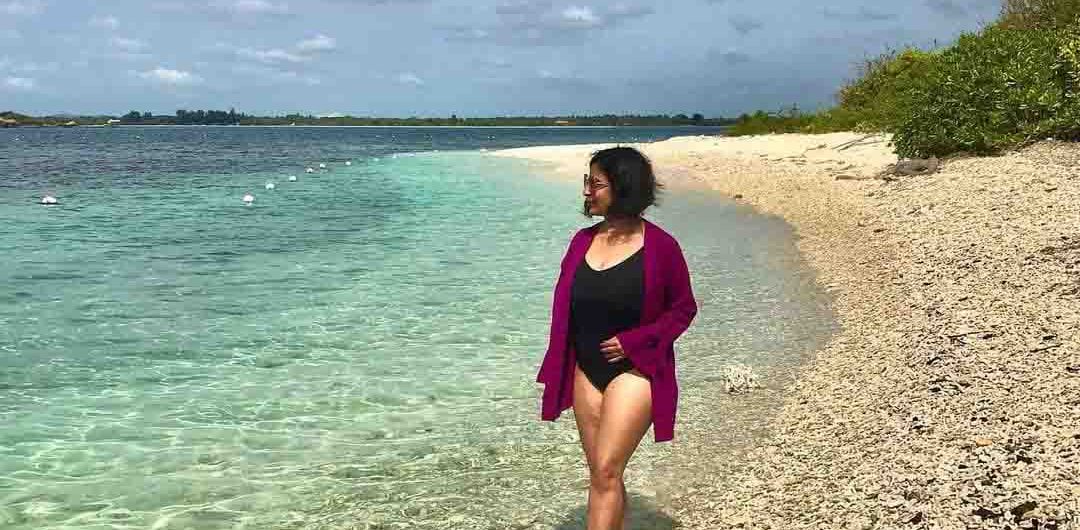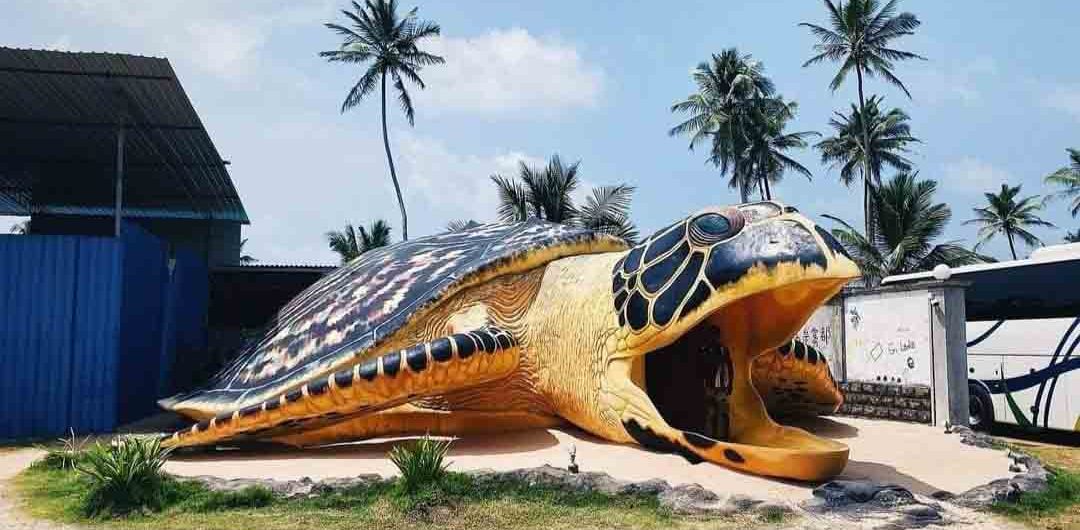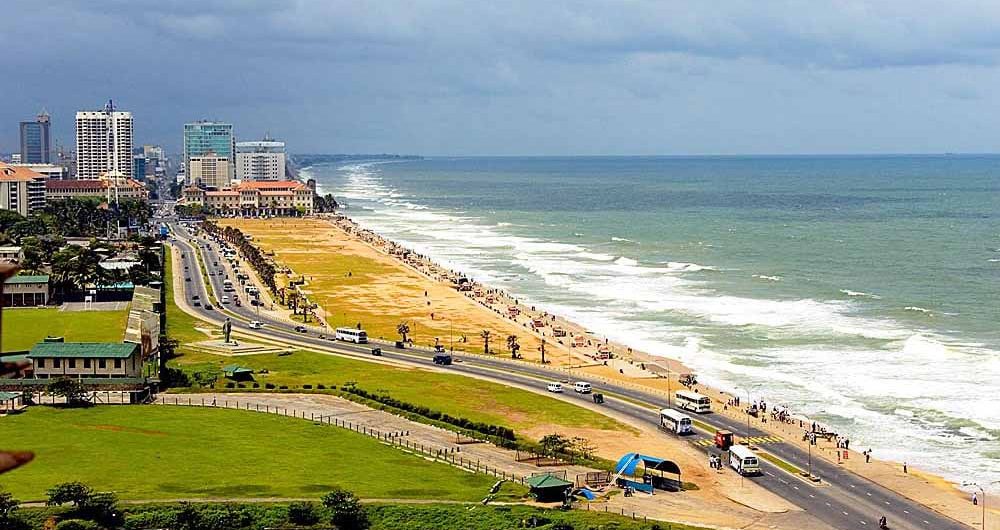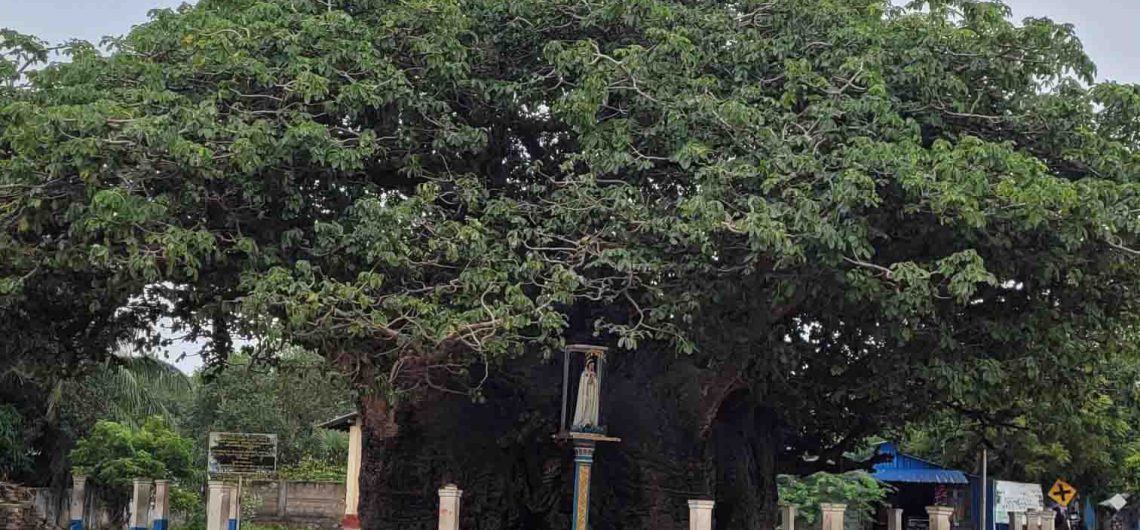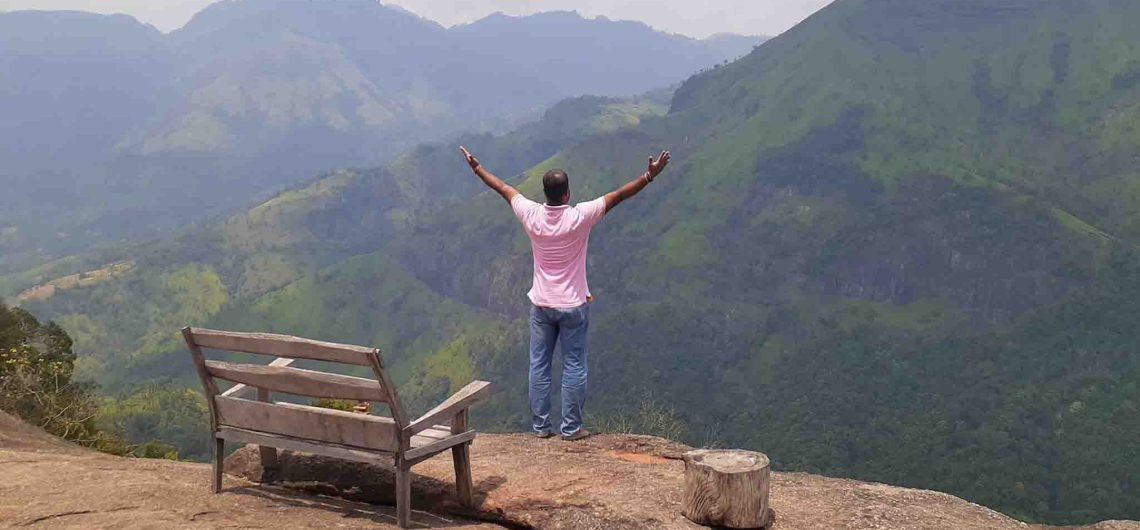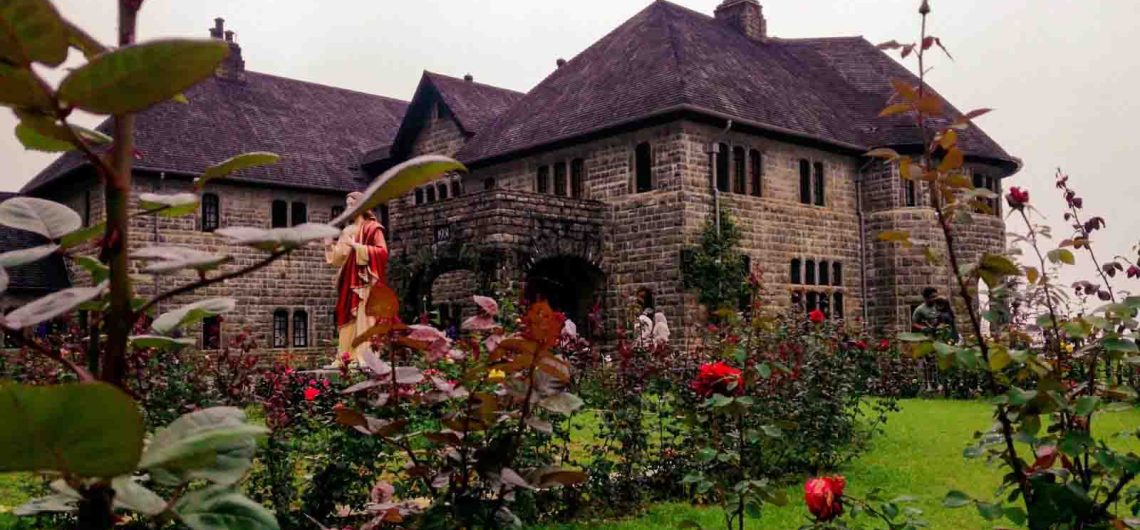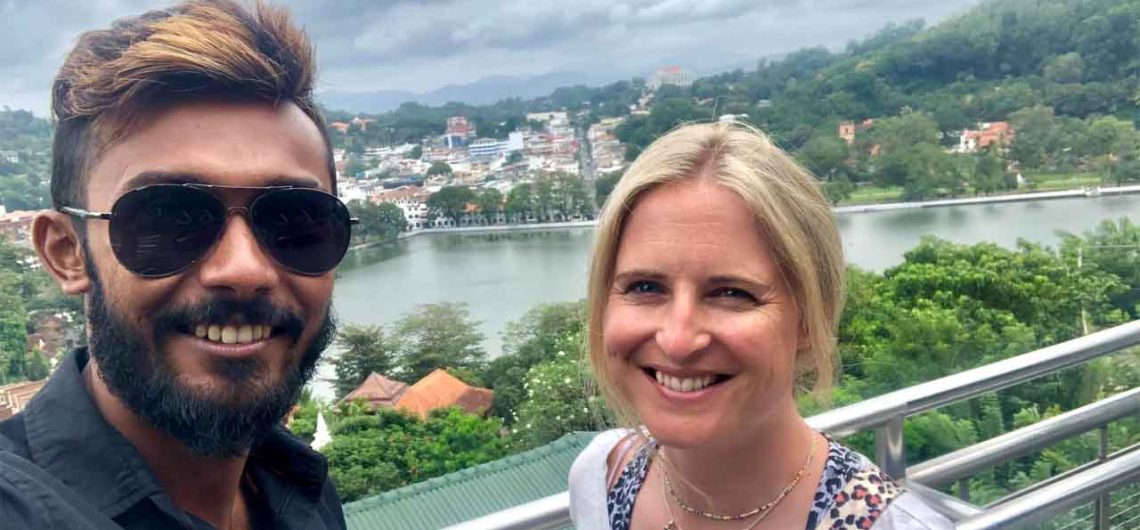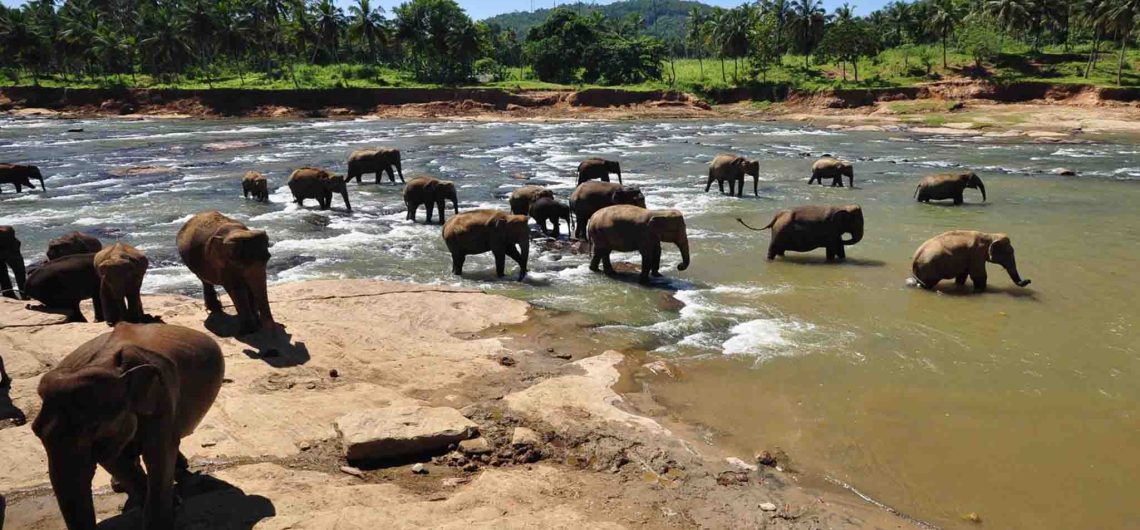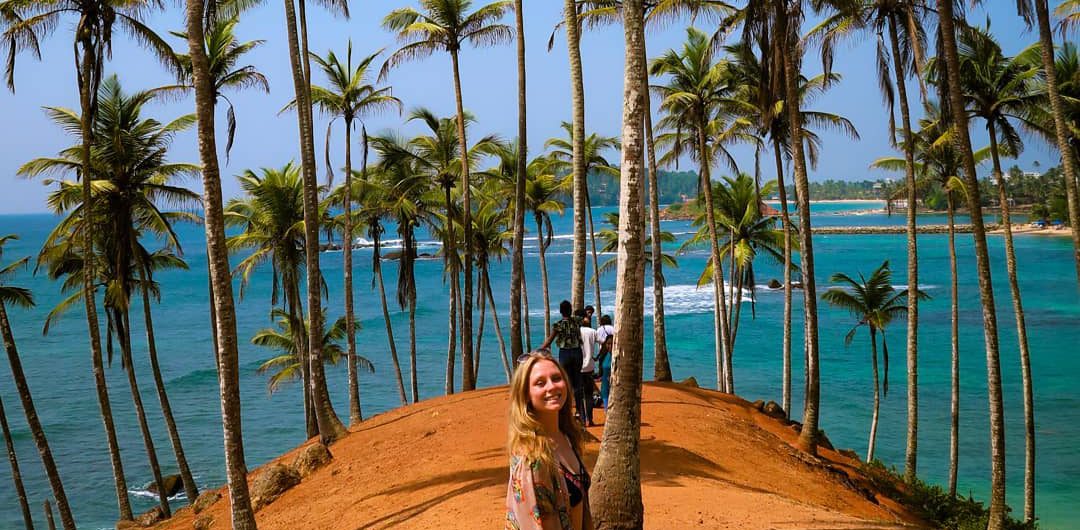The Natural Gems and Gemological Museum nestled in Kandy, Sri Lanka, offers a captivating journey into the country’s rich geological and gemological heritage. Located just 9.8 kilometers from the heart of Kandy, this museum is a treasure trove of rare minerals and fossils, showcasing the unique natural wonders that Sri Lanka has to offer.
As you step into the museum, you’ll be greeted by a fascinating array of rare minerals, some of which are found exclusively in Sri Lanka. From dazzling gemstones to ancient fossils dating back to the Cambrian era, the exhibits provide a glimpse into the geological marvels that have shaped the island’s landscape over millions of years.
One of the highlights of the museum is its focus on gemstone formation and mining techniques unique to Sri Lanka. Visitors have the opportunity to learn about the intricate process of gemstone formation and extraction, gaining insights into why Sri Lankan gems are renowned for their exceptional quality and brilliance.
Practical details for your visit to The Natural Gems and Gemological Museum:
- Location: The museum is conveniently situated at 530 Colombo Road, Kandy 20442, Sri Lanka.
- Operating hours: Open daily from 9:00 AM to 5:00 PM, allowing ample time for exploration.
- Admission: A small entrance fee grants access to the museum’s enlightening exhibits.
- Souvenirs: Don’t forget to browse the museum’s gift shop, where you can purchase gemstones, jewelry, and other mementos to commemorate your visit.
- Guided tours: English and Sinhalese guided tours are available, offering valuable insights into the museum’s collections and history.
For an immersive experience, take your time to explore each exhibit carefully, absorbing the wealth of information on display. Whether you’re a gemstone enthusiast, a history buff, or simply curious about the natural world, the Natural Gems and Gemological Museum promises a captivating journey into the heart of Sri Lanka’s geological wonders.
According to TripAdvisor reviews, past visitors have been captivated by the museum’s informative tours, knowledgeable staff, and stunning displays of jewelry. Many have praised the museum’s hospitality and the opportunity to learn about gemstones in a fascinating and engaging manner.
Whether you’re seeking to deepen your understanding of Sri Lanka’s natural treasures or simply admire the beauty of its gemstones, the Natural Gems and Gemological Museum in Kandy offers an enriching experience for travelers of all interests.


